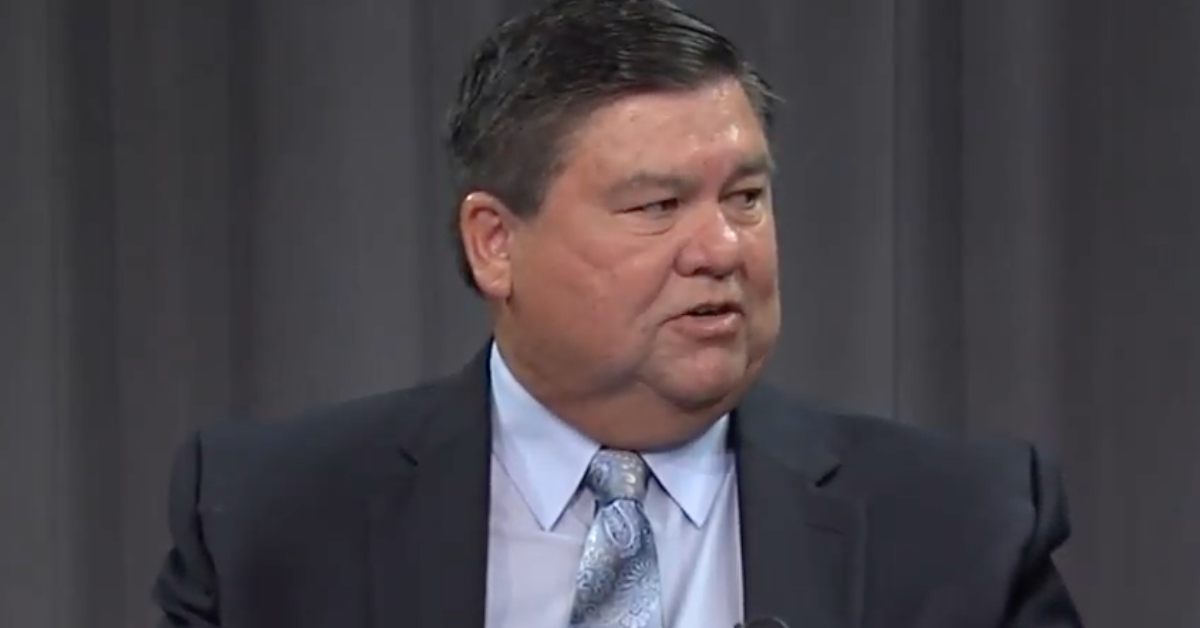Next, let’s take a look at several significant historical dates during the period we’ve been covering. These events might provide some social and legal context to the numbers we’ve been reviewing.
- Dec. 31, 2013 – This is the deadline set for by a federal court for Gov. Jerry Brown to complete the court-mandated prison realignment project. Thousands of felons were to be released.
- Aug. 9, 2014 – Michael Brown is shot and killed by a police officer in Ferguson, Mo. The shooting sets off weeks of riots throughout the U.S. The “Ferguson Effect,” a term popularized by writer Heather Mac Donald that means the backing off of proactive policing by officers worried that their every move will come under unfair scrutiny, soon becomes part of the national debate on public safety.
- Nov. 4, 2014 – Proposition 47 is approved by California voters. This law turned many nonviolent offenses that had once been felonies into misdemeanors. We’re talking about crimes such as shoplifting, writing bad checks, receiving stolen property and drug possession.
- April 19, 2015 – Freddie Gray dies from injuries sustained earlier while in the custody of Baltimore police officers. His death sets off weeks of protests throughout the U.S.
- June 25, 2016 – Dylan Noble is shot and killed by Fresno police. His death generates public anger in certain quarters that continues to this day. The city’s police auditor would later say the shooting was “not within policy” of the department.
- Nov. 8, 2016 – Brand defeats Henry R. Perea in their bitter campaign to succeed Ashley Swearengin as mayor of Fresno. Brand promises to have 1,000 cops on the streets of Fresno within eight years.
- March 16, 2017 – The Fresno City Council on a 5-2 vote (Steve Brandau and Garry Bredefeld voting no) pass a resolution supporting Brand’s creation of a Citizens Public Safety Advisory Board. The nine board members, all to be appointed by Brand, will, among other things, review major police incidents and police policies. The board is the first of its type in Fresno history.
So, how might a Fresnan put all this together?
The passage of Proposition 47 certainly accounts for much of the drop in felony arrests. Yet, a decline from 10,505 felony arrests in 2015 (which, near as I can tell, was the first full year under Proposition 47; perhaps Proposition 47 took effect in mid-year) to 6,662 felony arrests in 2016 suggests to an outside observer that other factors are also at work. The modest decline of felony arrests in the first three months of 2017 compared to the same period of 2016 could be further confirmation of the existence of other factors.
Someone might suggest that the drop in arrests means public safety in Fresno is rapidly improving. This person might suggest that a lighter touch by the city’s courageous police officers is reducing crime, and all we need to maintain this trend is an even lighter touch. This person might recommend that the $20 million or more needed every year to fund another 200 police officers might be better spent on more effective crime-reducing strategies such as more parks and social programs.
Someone might suggest that the drop in arrests means that Fresno police officers are not immune to the “Ferguson effect.” This person might suggest that the lighter touch recommended by social justice warriors means a retreat from the “broken windows” policing that mandates proper social behavior even in seemingly small matters. This person might suggest that the demise of the robust enforcement of “broken windows” policing all but guarantees failure as Brand tries to fully implement the 2035 general plan that promises to make inner-city Fresno as attractive to suburbanites as North Fresno.
Fresno looks forward to clarity from the Mayor and the Chief.










Mr. Hostetter,
Before anyone makes a sweeping generalization like, “[o]verall crime today is down by an encouraging degree compared to 2010”, they should consider the sobering study published by the Pew Research Center. On March 1, 2017, they reported as follows:
“Only about half of the violent crimes and a third of the property crimes that occur in the U.S. each year are reported to police. And most of the crimes that are reported don’t result in the arrest, charging and prosecution of a suspect, according to government statistics.”
Food for thought.